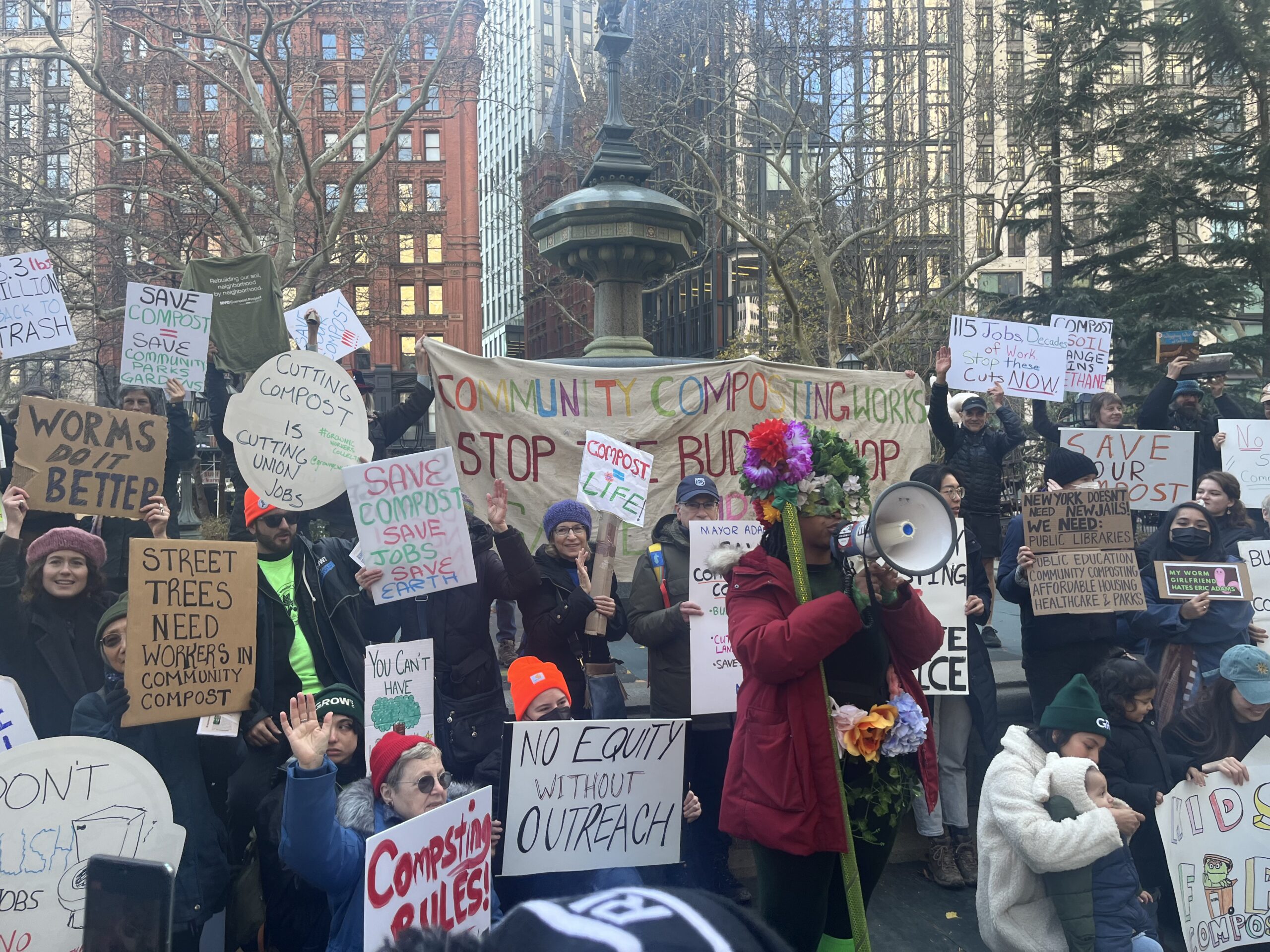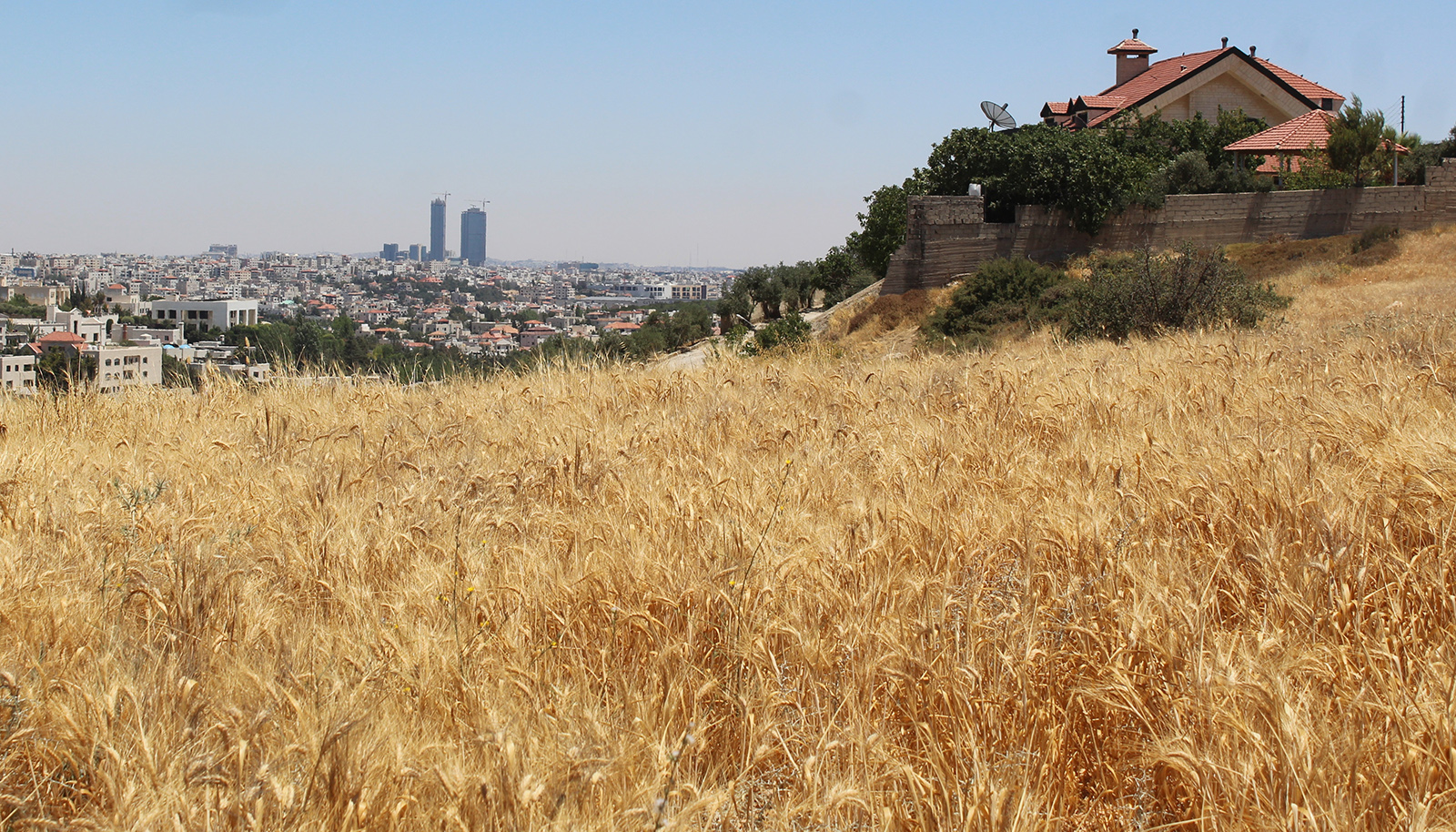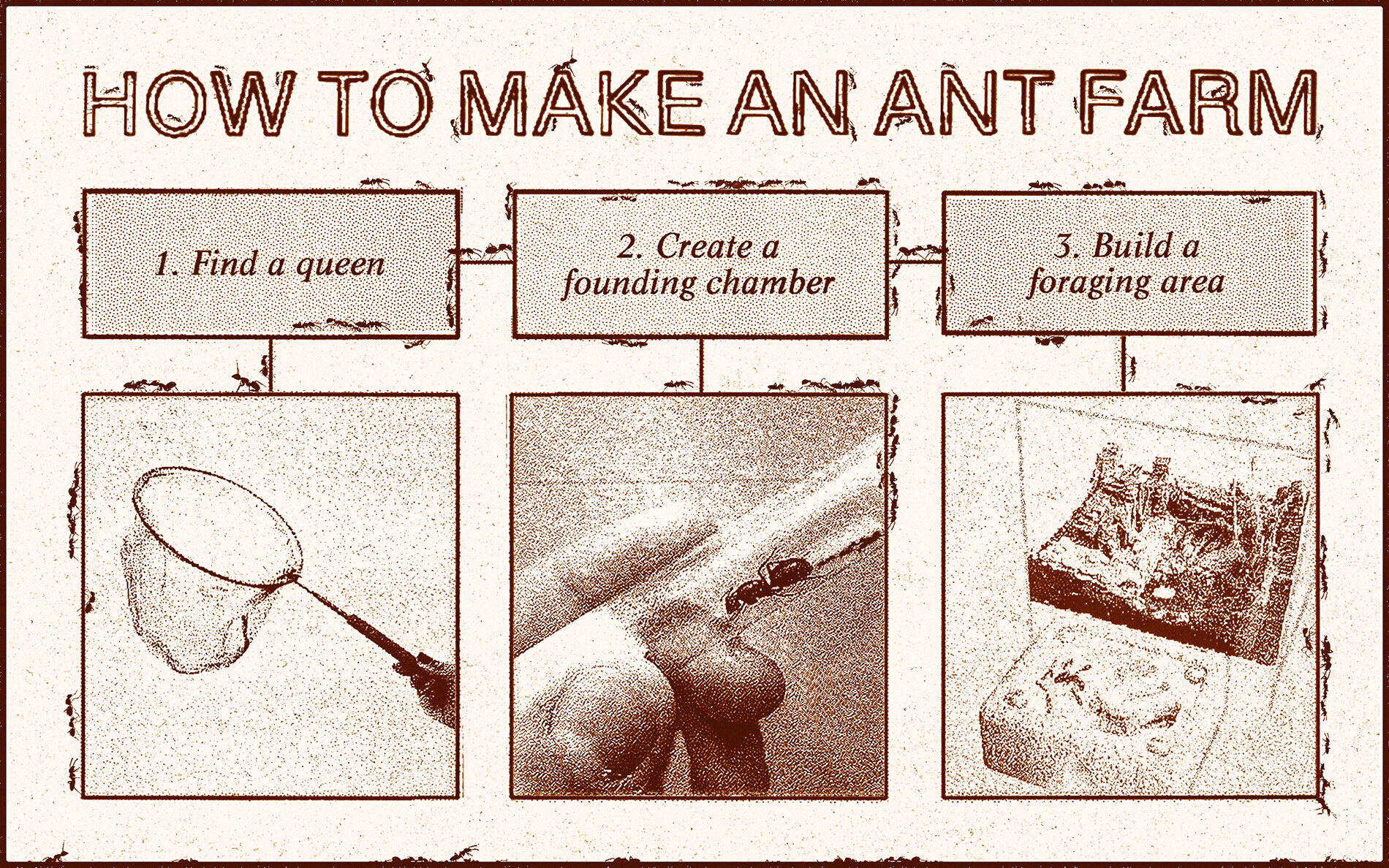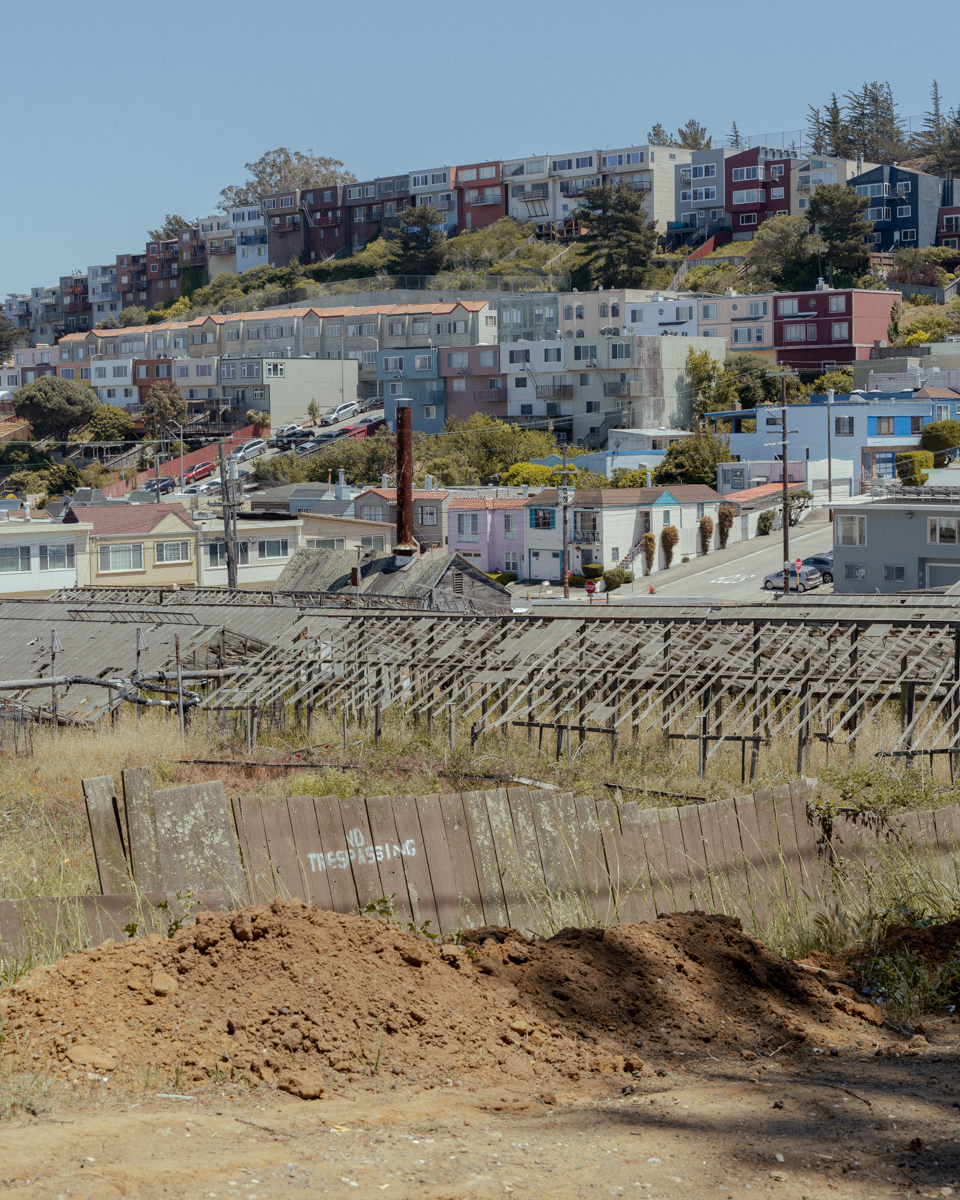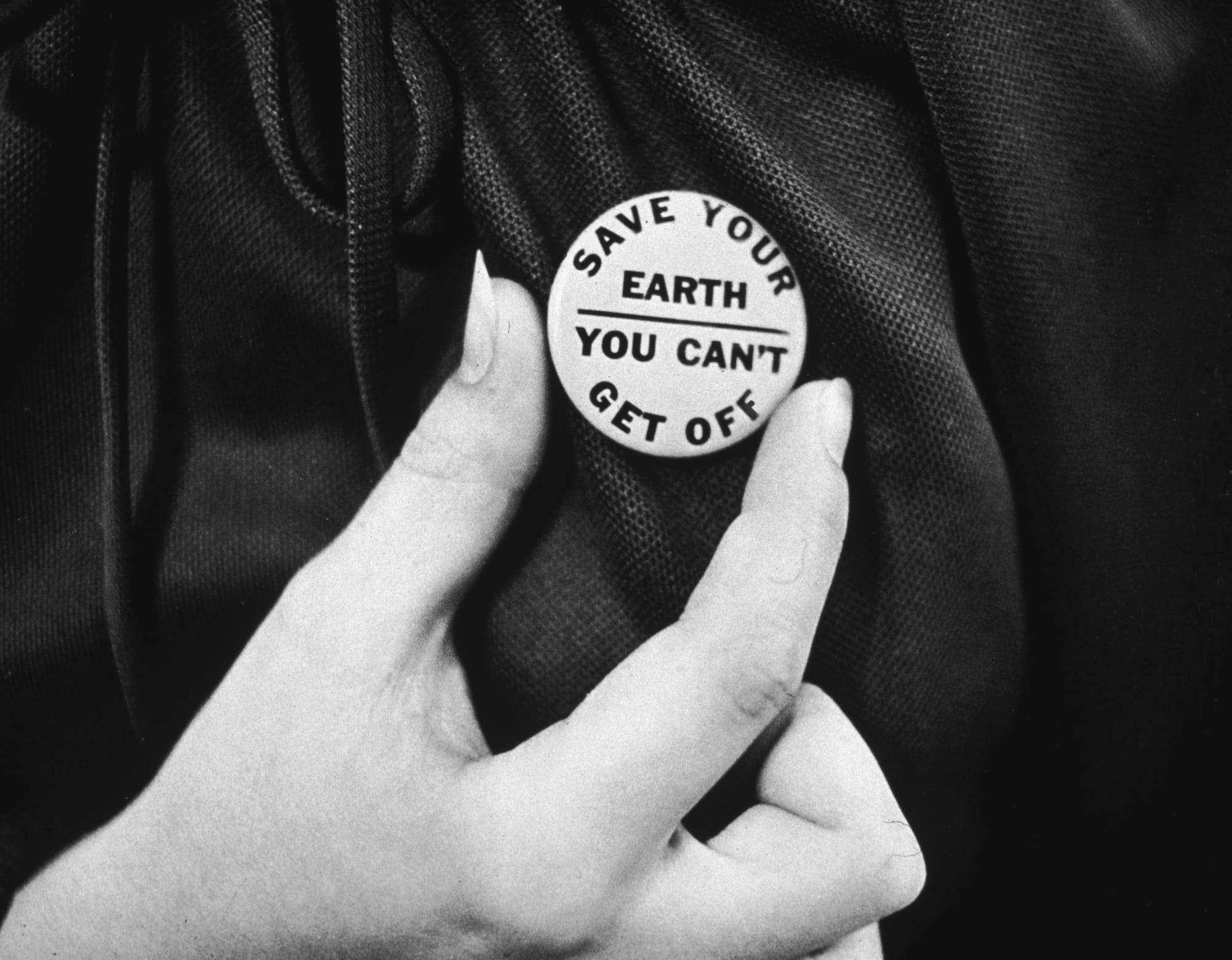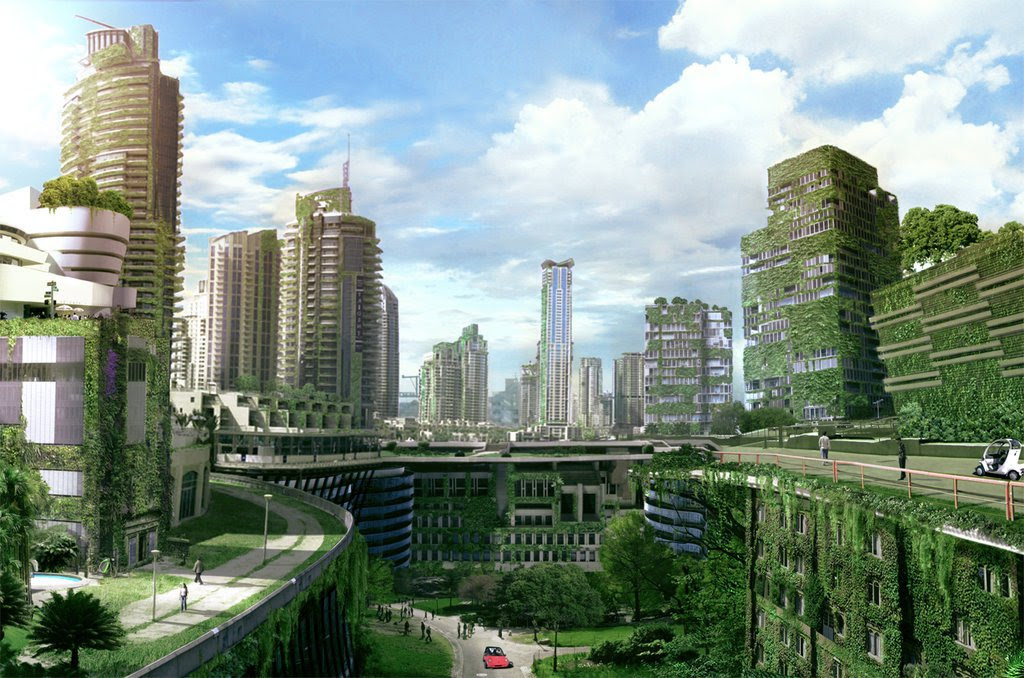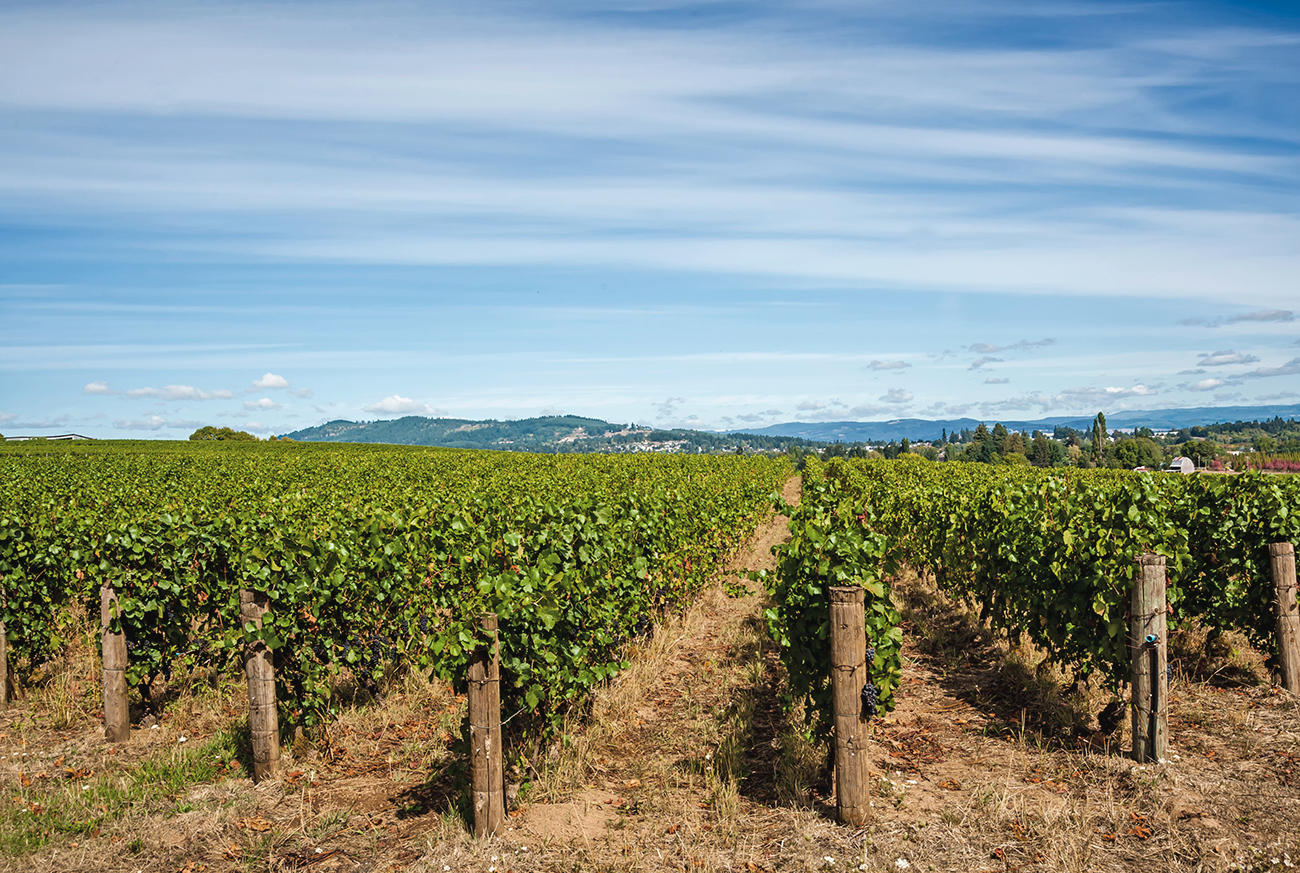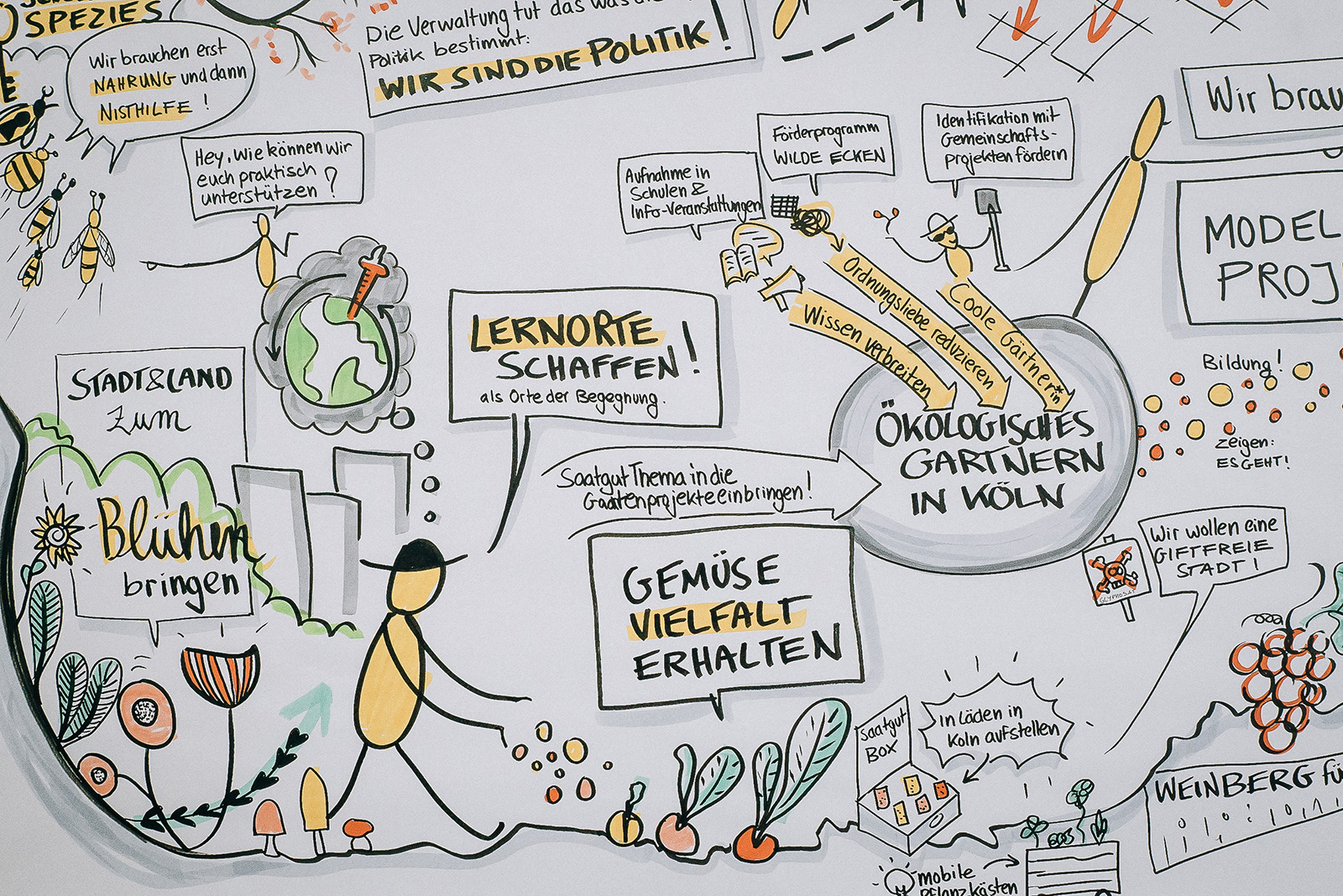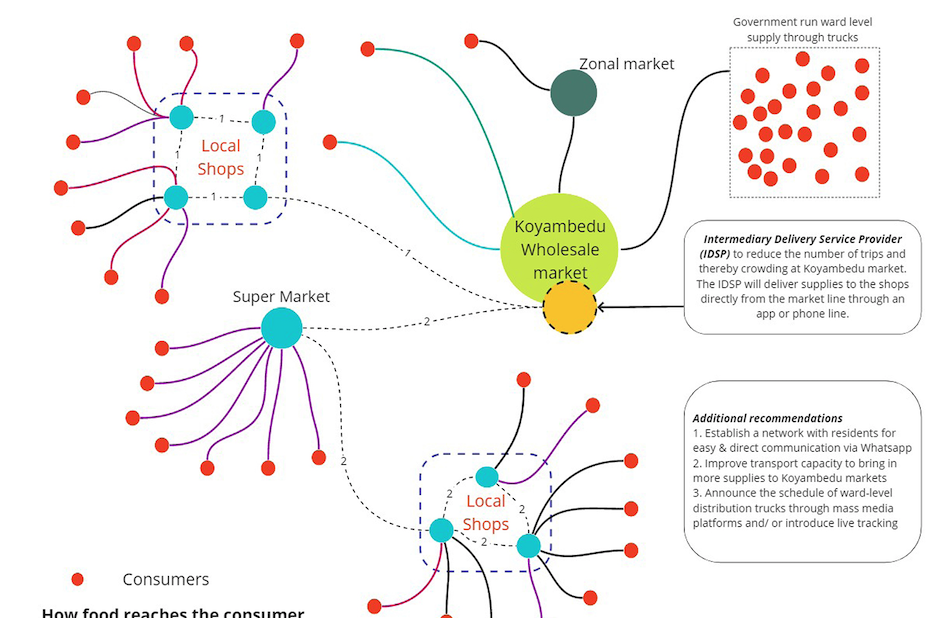What can we learn from China’s megacities and behaviors today, to imagine food places and experiences of tomorrow?
Neon lights flickering, steam coming out of every corner and an old man stirring an undefinable soup in a pot on the street. Someone screaming and running around, while a man sits down to order some Sino-Japanese mixed bowl of food, waiting for something to happen next.
 The opening scenes of Blade Runner continue to inspire people’s imaginaries about future cities and food.
The opening scenes of Blade Runner continue to inspire people’s imaginaries about future cities and food.
Our imaginaries and fictions have always drawn inspiration from the busy streets of Chinese and East Asians cities of the past, in which food and street food, in particular, was often depicted as a way to ground these often dystopian and non-human places, but also to show a sort of ‘otherness’ compared to the normality of the West.
The Blade Runner-esque future is, however, not the most interesting future that one can witness evolving and taking shape in Chinese megacities of today. In these cities, we can observe a very different and often surprising evolution of food systems and experiences. Ordering vegetables in Beijing from a live-streaming celebrity farmer in a remote countryside province, watching flocks of robots cooking and serving food in a restaurant/supermarket in Shanghai, or walking around streets of restaurants with no physical customers but just digital orders is a different and probably better point of view to observe the early signals of both opportunities and implications of the future of food in megacities.
It’s hard to say whether this is a future or a present, it’s more like a ‘parallel’ present, an ecosystem that evolved differently compared to other places in the world, a place where all those macro trends around technology and urbanization can actually be seen and eaten in the daily. In the past months at YEAST, we zoomed in the daily life inside the food system of Chinese megacities and together with Lantos Studio, we imagined and visualized 5 places of the future cities of food, distilling some of the key trends that we see around us to imagine a more positive and different vision of future food places and experiences, starting from the present of China.

The Live Farm
Far away from what we normally consider the city limits is the Live Farm. It’s the fruit of years of technology being pushed beyond the borders of urban environments, e-commerce and mobile money becoming the normality even between farmers, and the need of limiting the size of megacities themselves. These farms are not large and specialized monocultures, but rather small distributed nodes that can adapt in real time to the city needs and powered by digital platforms.

Hyper-connected to the city via fast trains and electric powered transportation, powered by renewable energy, planned with the help of advanced analysis and forecasting tools thought in the villages by tech-giants.
Funded by a digital community of remote citizens, tracked with animal-face recognition, covered of sensing and monitored by drones as a service to control health and yield and always-on and connected to the city and their consumers with live-streaming.
While away from the city physically, they are actually full part of the urban tissue, digital market and daily life. They are an option to live in the city, but outside of it.

The Plant Factory
In the interstitial spaces to connect multiple mega-cities into mega-regions and in the newly developed urban hubs, you can find Plant Factories. These are the evolution of urban farming trends of the early 2000s but evolved from the distributed single-home solution into more dense factory-like urban farms providing fresh and ‘transparently’ grown greens. They are the counterpart of In-vitro meat labs, but catering for the always growing demand for vegetables.
Highly automated hubs that combine various combinations of hydroponics, aeroponics, and aquaponics with a real-time scaling of production, adopting the learnings from the experiments of Chinese space agency into closed loop systems for the moon, producing new variations of taste for greens through infusion.

As it happened with the 3D printer in the space of production and consumption of goods, the new evolution of consumption of food did not happen with home solutions, but with these decentralized hubs, built for scale and open to innovation. They are more than farms but labs and factories, connected tightly to the urban flows of delivery to supermarkets and home. Not a bucolic and idyllic return to nature, but a new ‘nature’ growing in the city.

The Delivery Street
It started in the early 2010s, with the exponential growth of digital and delivery platforms. Streets that were hidden and forgotten by the offline consumer logic and flows, became a buzzing new area for delivery only restaurants.
Places with no seats and tables and no physical consumers, but only a constant flow of scooters and drones. Notifications and timers are the main sound of these streets, new orders come in, rushed to be prepared in time, while a rainbow of yellow, blue and green electric scooters arrive and line up. New restaurants open in places that are optimized for scooter and drone routes rather than the pedestrian passage. Neighborhoods fight for their relevance in the API to attract more businesses. Restaurants spaces changed in proportion as fewer people come in and the food itself is made to be consumed in now+delivery time.

The amount of waste created in this system has become the main resource for the informal recycling system happening on the side. The hidden network of the city which wakes up in the night. Hundreds of hacked self-driving tricycles that roam around the base of residential blocks and back alleys.
Going physically to a restaurant is something that still exists, but has to be special and interesting to offset the comfort of receiving food at home. Eateries have to go one step more to attract people of the megacity to go out of their living areas.

The Automated Eatery
The multiple centers of the megacity have been reshaped by the return to human scale developments and streets after years of fast growth. More street-facing retail and food experiences reemerged in order to recreate the small-shop economy which pushed the city to grow at first. However, the fast pace of technological evolution and the need for online big players to have a place in the real world has shifted this everyday retail and experiences to be less ‘human’.
Convenience stores and fast dining places have become fertile ground for experiments in fully humanless restaurants. Robotic arms and self-driving robot carts coming from behind the scenes of industries and fulfillment centers became an attraction at first, but soon became the normality. Face payments, menus that adapt and evolve based on customers emotional reactions, hyper-personalized portioning and ingredients based on fast health scanning.

These automated restaurants are fully embedded in the connected system of fulfillment through local plant factories and delivery, minimizing waste and need of storage, but also normalizing the food experiences across the city.
The ‘normality’ of automated restaurants pushed for new experimentation for human chefs as well for the need for more human experiences and stories behind the food we eat.

The Streamed Meal
Food knowledge and inspiration is not anymore the domain of chefs and experts only, but is a crowdsourced and fast-changing mix of live-streaming experiements and stunts. Started as a more voyeuristic act of watching people eating or cooking, live-streamed meals became the main source of ideas and trends for new foods and food experiences.
New famous food experts are not necessarily working out of famous restaurants, but are mixing unexpected ingredients to create new recipes at hotpot restaurant, cooking new recipes using office supplies and objects as a kitchen or preparing a meal while in a traffic jam. A kitchen can be anywhere as long as there is a phone or a drone to capture it and stream it.

People are not only consumers of this content but they actively take part in creating new food ideas and challenges, exploring new places and ways in which food can be made and consumed, with the hope that it will trend and become a new challenge or hashtag. This new mass becomes also the unaware r&d for food companies that, while observing and tracking what happens, create new products as a response to these fast-moving trends, being inspired by what people stream and giving it back to them in form of products.
Food is now consumed almost more as streamed content than as physical food itself.
